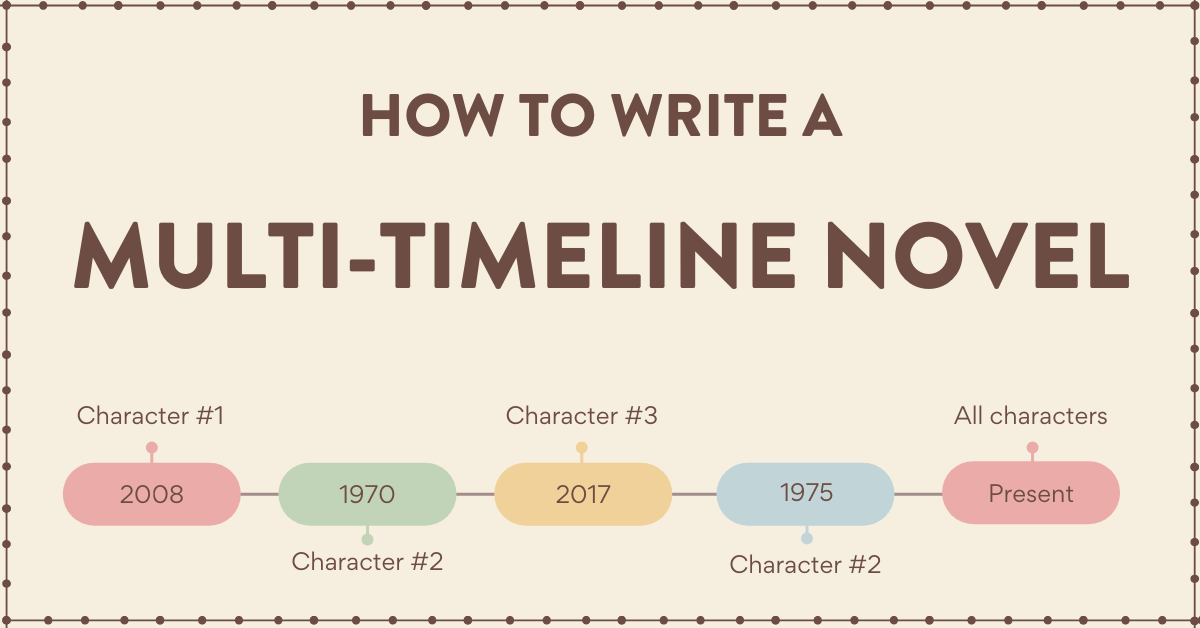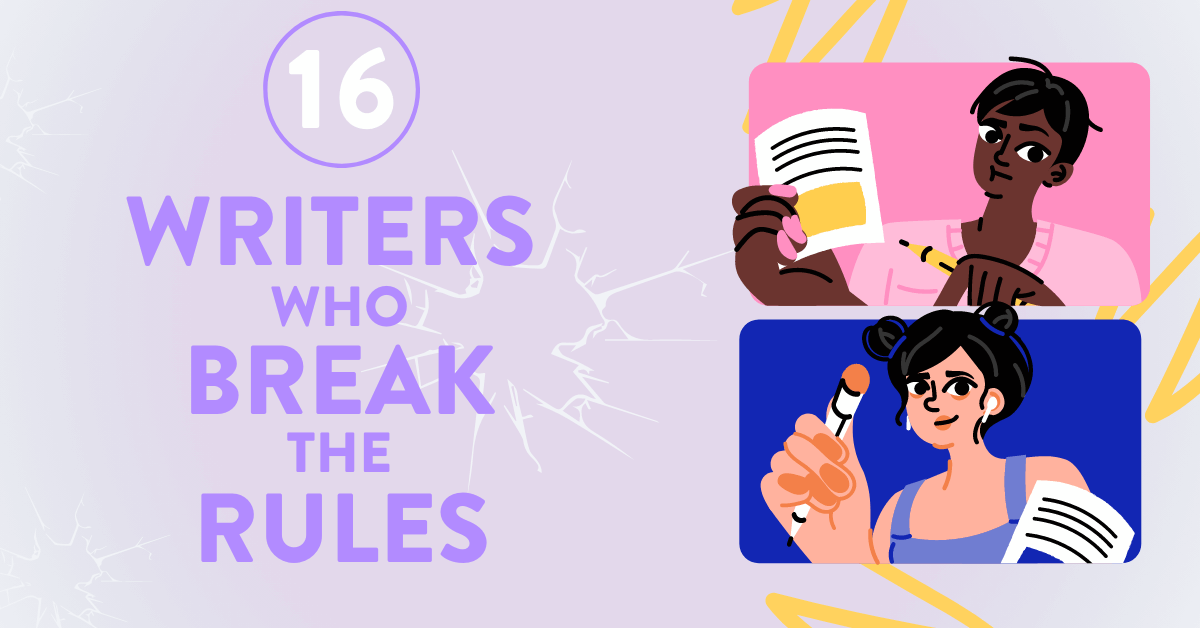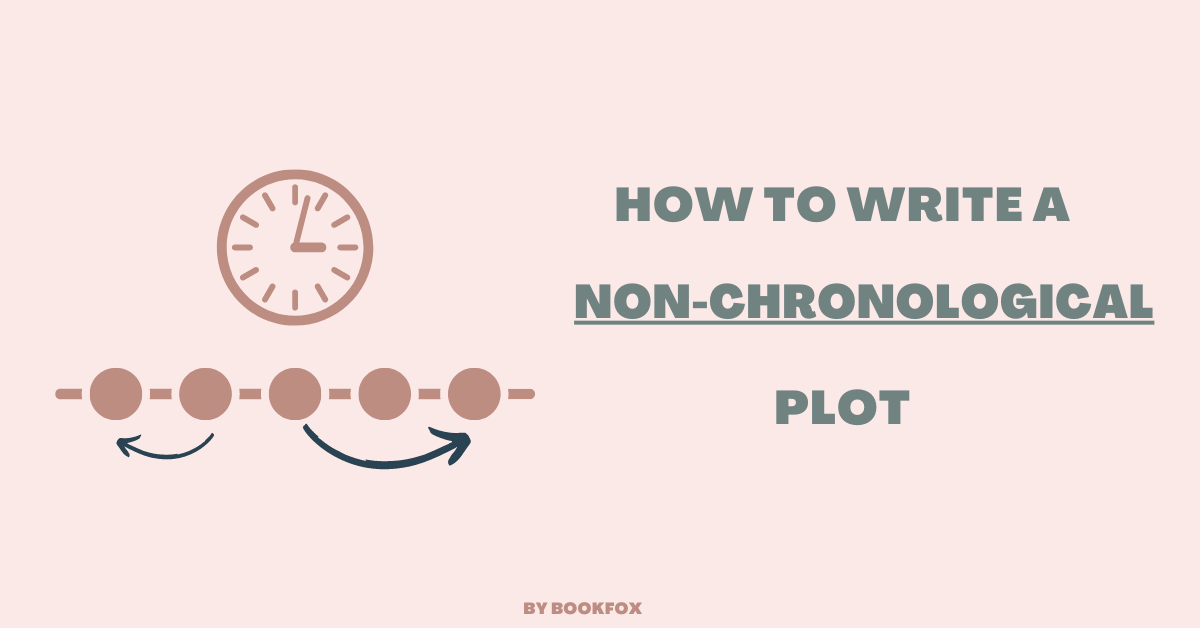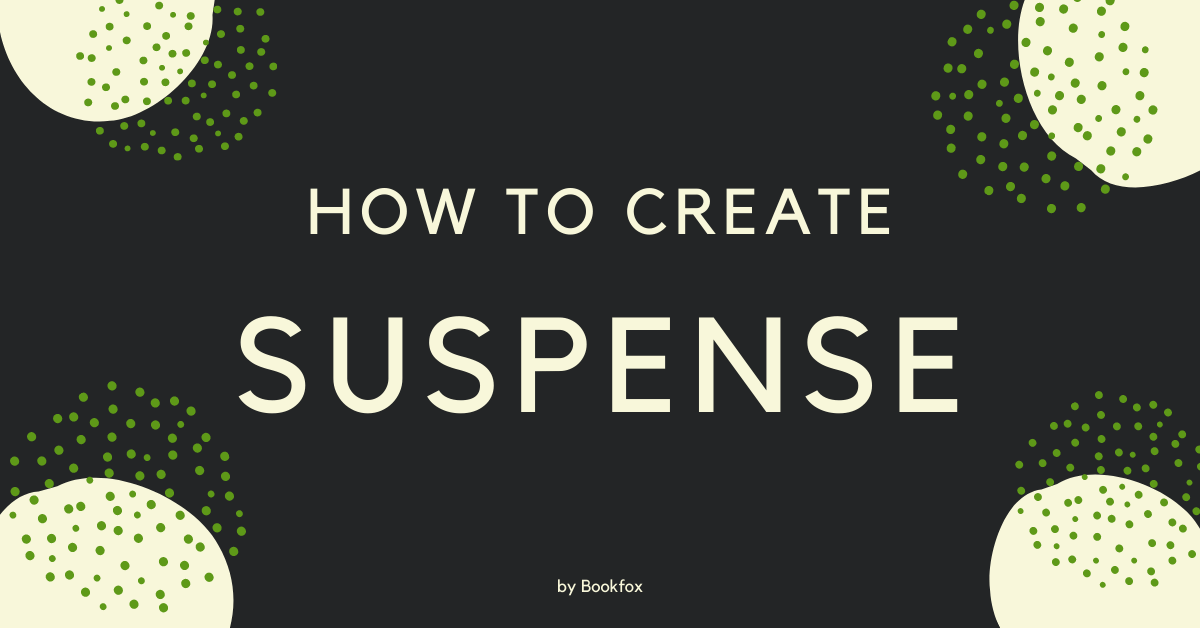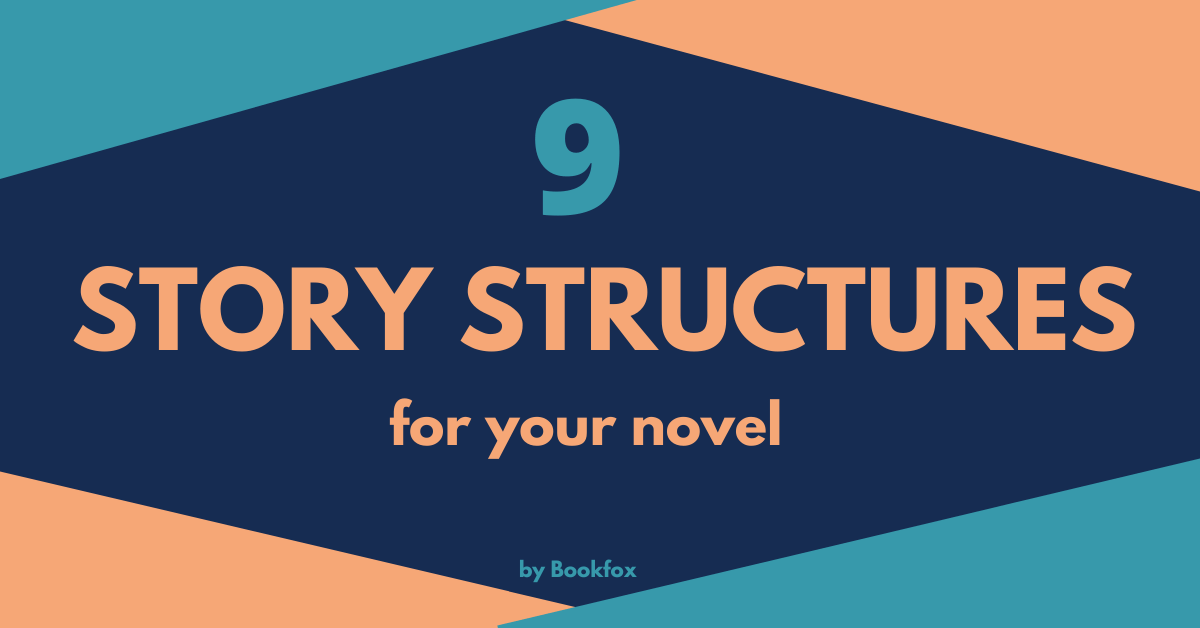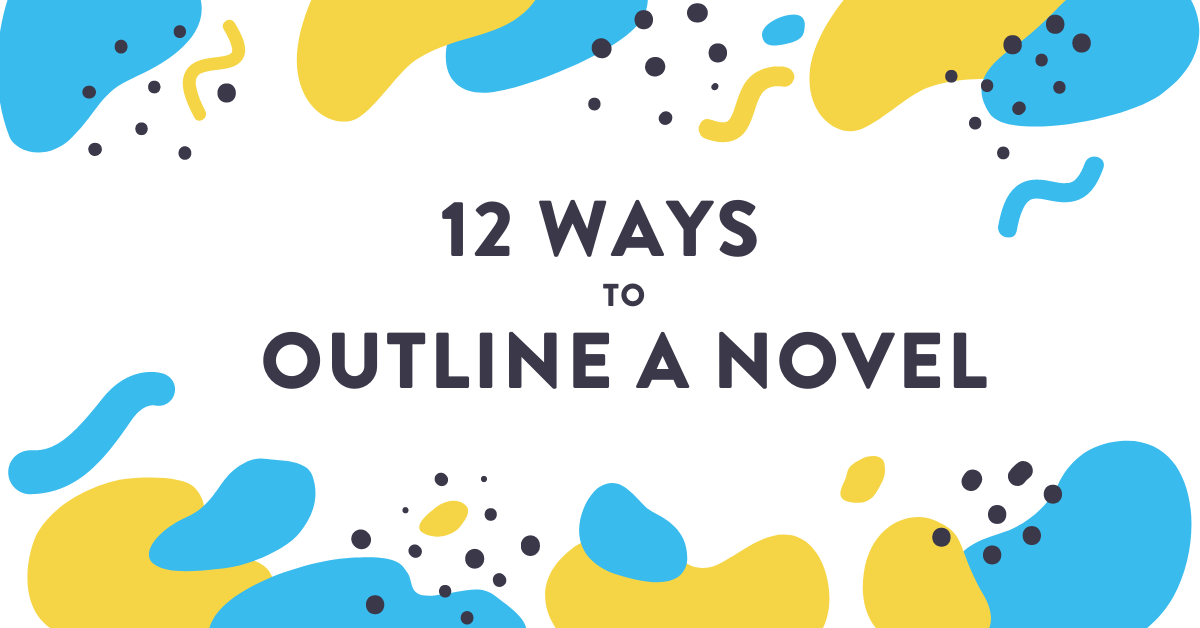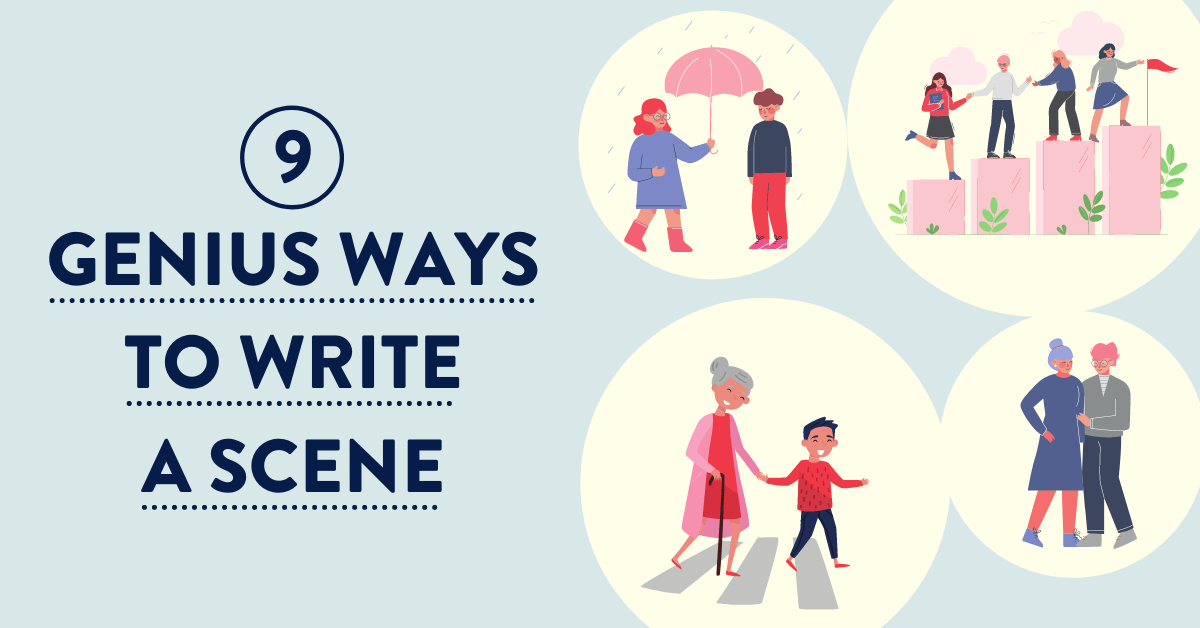Guest post by Jillian Brenner Every reader enjoys multi-timeline novels, probably because they are ambitious storylines with energy and scope. And because most writers have expansive imaginations, they enjoy constructing these multi-piece storylines – but they’re super difficult to write. Have no fear, since I’m going to show you all the ins and outs of […]
The Blog
- All posts
- All Popular Posts
- Characters
- Children's Books
- Dialogue
- Editing
- Endings
- Literary Agents
- Marketing
- Novels
- Plot
- Point of View
- Publishers
- Short Stories
- Writing Techniques
- Writing Wisdom
- 3 Ways to Write Your Multi-timeline Novel

- 16 Writers Who Break Storytelling Rules

Any time some well-intentioned writer tells you, “You can’t do that” in your story, please send them this article. Because this article celebrates breaking the rules! Here are more than sixteen writers who deliberately break the rules of narrative to make their book better. The twenty writers below gleefully and blatantly shatter the most fundamental […]
- How to Write a Non-Chronological Plot

Stories are chronological. One event happens after another. However, this does not mean that stories have to be told chronologically. Engaging novels often contain scenes which are presented in a different order than they occur in time. Plots using this technique are called non-chronological or non-linear. Sometimes they are described as disjointed or fractured narratives. […]
- 25 Ways to Create Suspense in your Plot

Every writer has to know how to create suspense. If you can’t create suspense in your book, readers will always feel shortchanged and indifferent to your story. Suspense is THE crucial technique to creating a riveting plot. Creating suspense is really about evoking an emotion in the reader, an emotion akin to happiness, sorrow, or […]
- 9 Story Structures to Plot Your Next Novel

Writing a novel can feel like staring into the void. When you’re sitting in front of a blank page, anything could happen, and that feeling is both freeing… and terrifying. This is where a good story structure comes in. As it turns out, experts say that limitless possibility might not actually be the best for […]
- 12 Great Ways to Outline a Novel

Whether you’re a planner or a pantser, just hear me out. For the writer, an outline is a tool. A good outline helps you do two things. See the big picture Organize the little details A good outline will remind you that your characters are supposed to have a major battle on a cruise ship. […]
- 9 Genius Methods for Writing a Great Scene (Plus a Bonus Idea)

If you can write a great scene, you can write a great book. Fiction is built of scenes. You could argue that it’s built of sentences, but I’ve seen plenty of excellent sentence writers who fail to provide the reader a compelling reason to read those sentences. This post is going to teach you 7 strategies for […]
